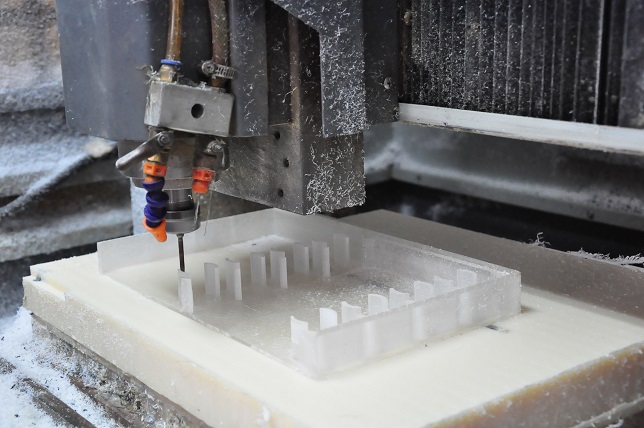Get in touch.
Dear,I will reply in 12 hours. All your message are protected!
Rapid Prototyping Services, Professional manufacturer of CNC Prototyping and 3D Prototyping in China.
CNC (Computer Numerical Control) machining is a crucial process for fabricating chassis components used in various industries, including automotive, aerospace, and robotics. The chassis serves as the foundation, providing structural integrity and support for the overall assembly. In this article, we will explore the steps and best practices for CNC machining chassis components, ensuring optimal precision, durability, and performance.

1.Material Selection:
Choose the appropriate material for the chassis based on the specific requirements of your project. Common materials used for chassis components include aluminum alloys, steel, or composite materials. Consider factors such as strength, weight, corrosion resistance, and cost when selecting the material for CNC machining.
2.Design and CAD Preparation:
Create a detailed 2D or 3D model of the chassis design using CAD (Computer-Aided Design) software. Pay close attention to design intricacies, dimensions, and tolerances. Ensure that the CAD model accurately represents the desired shape and features, considering factors such as mounting points, reinforcement areas, and integration with other components.
3.CAM Programming:
Generate a CAM program using CAM (Computer-Aided Manufacturing) software based on the design model. Define the toolpaths, cutting parameters, and machining strategies specific to the chassis material. Optimize the program to ensure precise and efficient machining, considering factors such as minimizing material waste and reducing cycle times.
4.Tooling Selection:
Choosing the right cutting tools is crucial for machining chassis components. Consider the material type, thickness, and desired surface finish when selecting the tool's material, geometry, and coatings. Carbide or high-speed steel tools with sharp cutting edges are commonly used for chassis machining. Optimize tooling choices to achieve clean cuts and precise features.
5.CNC Machine Setup:
Prepare the CNC machine for machining chassis components by installing the appropriate cutting tools and securing the workpiece. Use specialized workholding devices, such as vises or fixtures, to ensure stability and accuracy during the machining process. Proper alignment and zeroing of the machine's axes are crucial to achieve precise tool movements and accurate machining.
6.Machining Process:
Execute the CNC program to start the machining process for the chassis components. The machine will automatically follow the programmed toolpaths to cut, shape, or drill the material. Monitor the process closely to ensure proper chip evacuation, cooling, and adherence to cutting parameters. Adjust the feed rates and spindle speeds as needed to achieve the desired surface finish and dimensional accuracy.
7.Quality Control:
Implement stringent quality control measures to ensure the precision and durability of the machined chassis components. Regularly inspect the components using precision measuring instruments such as coordinate measuring machines (CMMs) or laser scanners. Verify dimensions, tolerances, and surface finish to ensure compliance with design specifications. Address any deviations or issues promptly to maintain the quality of the final product.
8.Post-Machining Operations:
Depending on the specific requirements of the chassis components, additional post-machining operations may be necessary. These can include deburring, surface treatment, or assembly processes. Ensure that these operations are performed meticulously to achieve the desired functionality and aesthetics of the chassis.
© 2005-2025 Shenzhen Tuowei Model Technologies Co., Ltd. | All Rights Reserved 粤ICP备11096697号